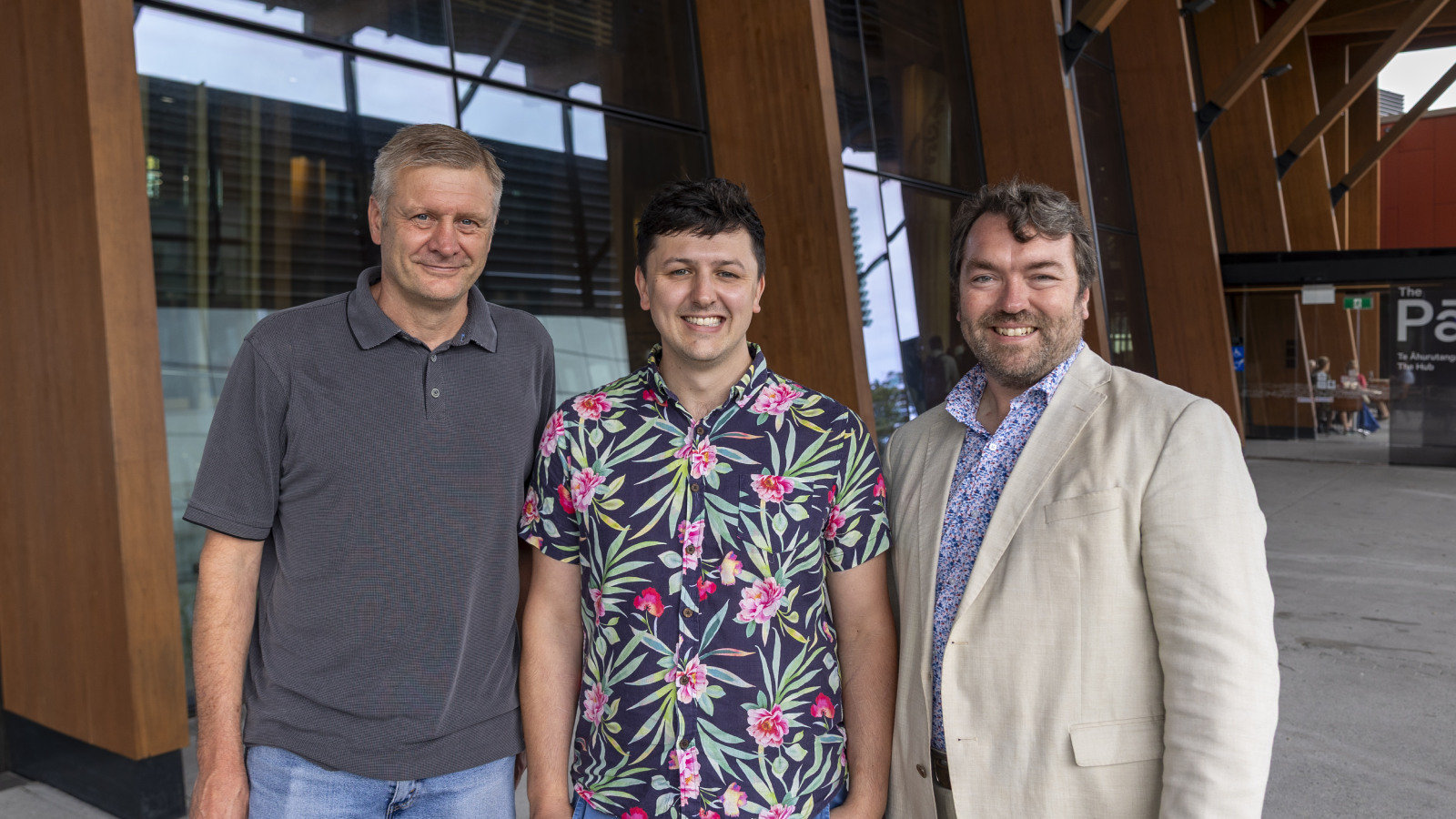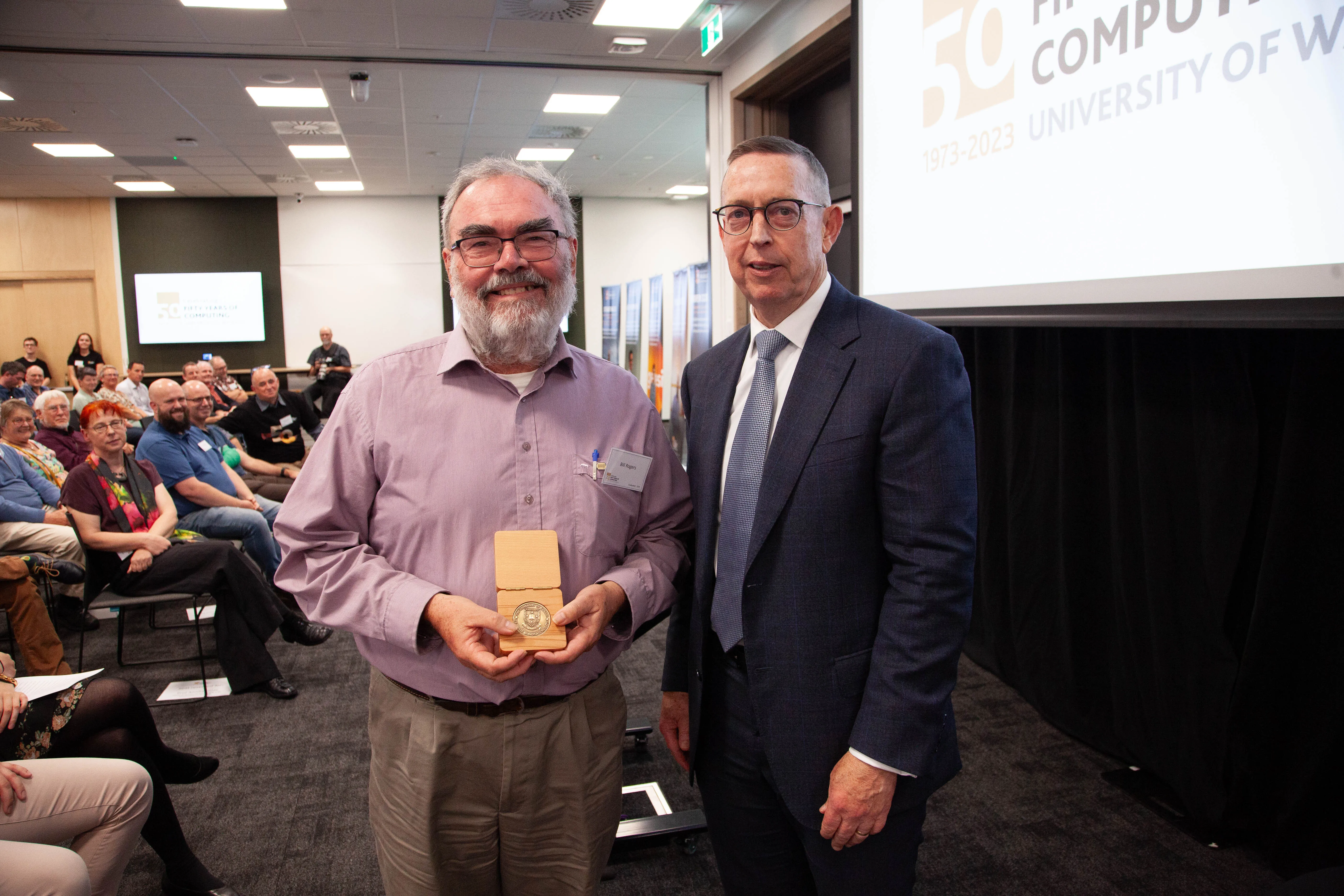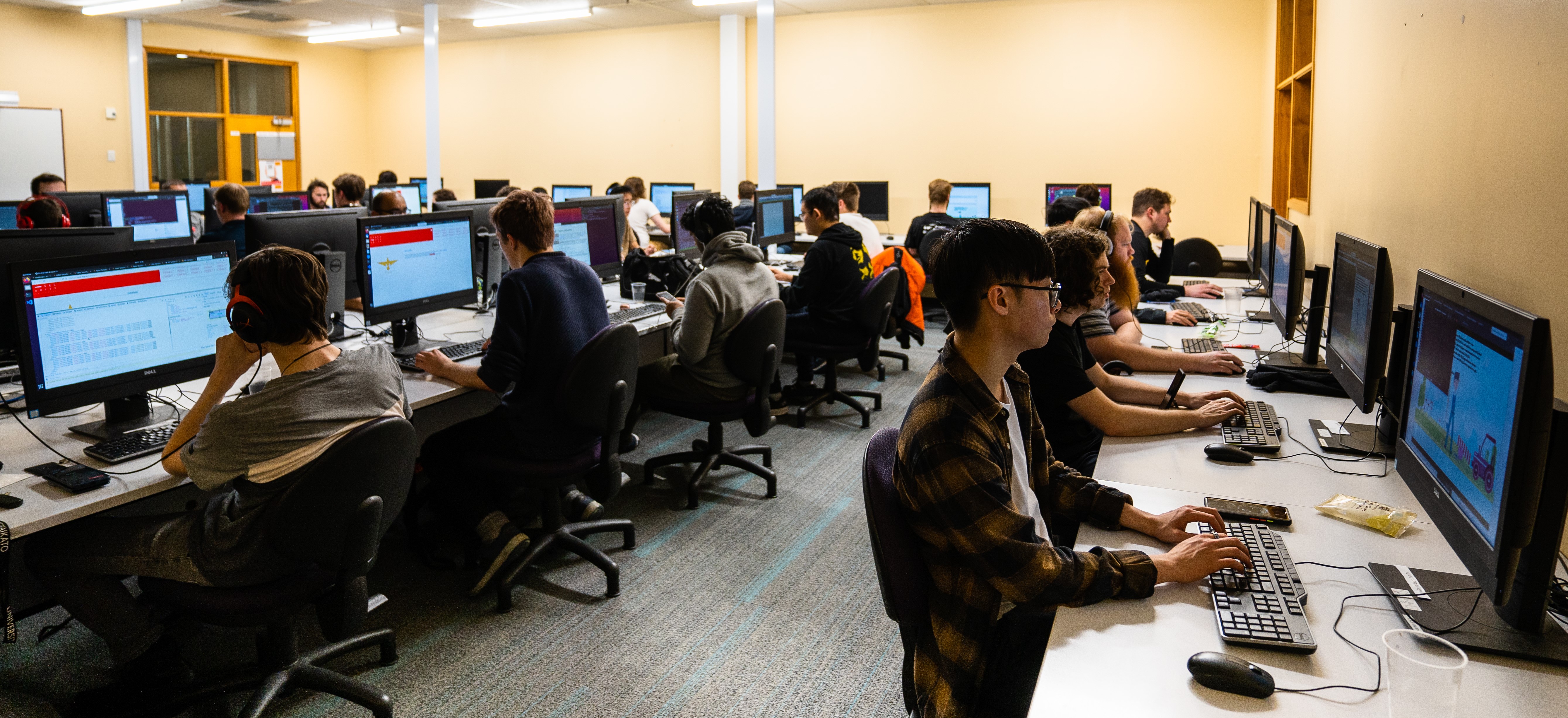 Halloween is not all cobwebs and zombies - research at the University of Waikato is uncovering how robots are edging into spooky territory at University’s first-ever Nerdfest this Halloween.
Halloween is not all cobwebs and zombies - research at the University of Waikato is uncovering how robots are edging into spooky territory at University’s first-ever Nerdfest this Halloween.
Robot student ambassadors have been helping researchers understand how robots freak people out and KettyBot, Marshmallow, was on show at the University’s Halloween-themed Nerdfest, alongside other spooky tech.
More than 500 people attended the event including children with their families, high school students and the general community.
Dr Jessica Turner, Lecturer and Programme Lead at Au Reikura School of Computing and Mathematical Sciences, says Nerdfest was about having fun and profiling the work of computer and mathematical science students. It was also an opportunity for people to learn more about how tech and robots are becoming an integral part of our everyday life.
"There’s a huge shortage of qualified people working in robotics, so we’ve launched Nerdfest this Halloween to show students computer science isn’t sitting behind a computer screen. If our spooky robots can spark someone’s interest in a tech career, that’s a win for us."
Dr Jessica Turner.
She says as more robots are developed to support our industries it’s important to understand ‘creepy tech’ and how to make robots relatable and user friendly.
“With robots you can start heading towards what we call ‘the uncanny valley’, where they start to creep people out,” says Dr Turner. The ‘uncanny valley’ describes a phenomenon where humans have a negative emotional response to a non-human figure, such as a robot, that has a human likeness.
“It’s doesn’t have to be human either. We have little robotic dogs and while their body is clearly robotic the heads look like dogs and people find that confusing and creepy.”
Dr Turner says robotics has huge potential to support people, but people don’t like to use things that make them feel uneasy.
“With robots that can assist people there are things like the privacy concerns around data. If people are conversing with the robot and that’s being recorded, they have concerns around where the data is going and who has access to it.”
“Understanding why people find things creepy helps us design robots that more people will engage with,” says Dr Turner.
Dr Turner says the University has already found the novelty effect of the KettyBots at University events like Open Days and Orientation has led to more student engagement, suggesting robots are useful in educational settings.
Student designers have helped code animations on Marshmallow’s tummy that can tell students about programmes, and, on their backs, they have service trays for printed materials and giveaways. “It’s quirky and fun and students think, ‘Oh I’ll take something from a robot that I wouldn’t necessarily take from a person,’” says Dr Turner.
Alongside Marshmallow, Nerdfest also profiled a 'Broomba', a robotic vacuum cleaner engineered to look like a flying broomstick, and staff-designed 3D-printed pumpkins and ghosts complete with sound and light features that respond as people approach them.



